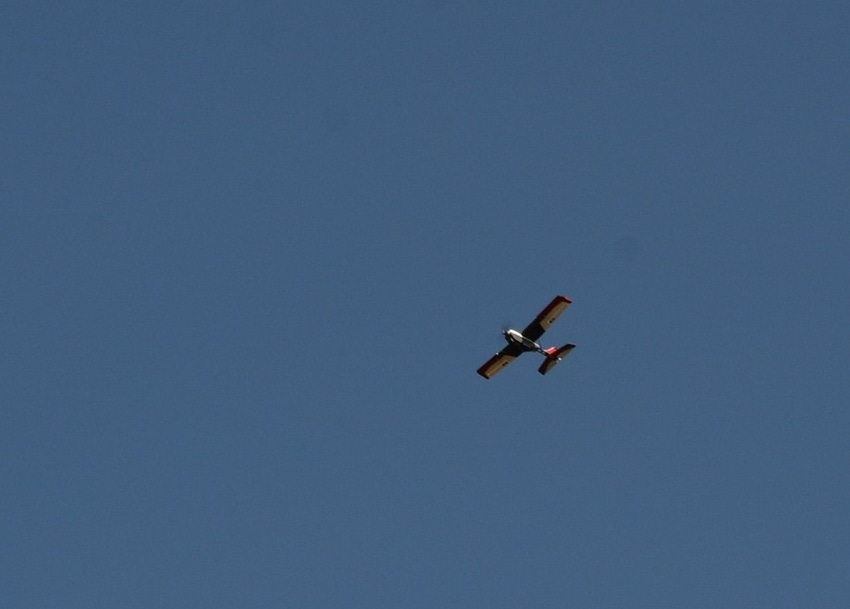December 13, 2016

Unmanned aerial vehicles, UAVs, are providing large amounts of data that help provide options for farmers to become more efficient and increase profitability.
Dr. Alex Thomasson, Texas A&M AgriLife Research agricultural engineer, explained some of the possibilities at the Texas Plant Protection Association Conference in Bryan. Thomasson is part of a 40-member team of researchers consisting of multiple flight teams using UAVs and sensing technology to find solutions to crop diseases and plant stress-related events such as drought.
Thomasson says field activities using rotary and fixed-wing unmanned aerial vehicles have been focused on the 1,400-acre Texas A&M Farm near College Station.
“Rotary aircraft tend to fly lower and slower than fixed-wing and provide much more detailed images but cover less ground,” he says. “Among the objectives of the research program are developing workflows and techniques for precision agriculture, and phenotyping, which means measuring the physical characteristics of plants.
“We are using aerial sensors to speed up the phenotyping process. It’s much more efficient than having graduate students walk through a field with rulers and notepads.”
Thermal aerial images can help determine the temperature of the plant, and other image types can help determine plant height and other important characteristics, Thomasson says.
One of the challenges in producing repeatable images is working with radiometric reflectance targets and ground control points. Specially prepared tiles placed in the field help locate ground points in a crop and quantify how much light the crop reflects.
NEXT DAY DATA
“Our goals of the project are to provide next-day UAV remote-sensing data to the research team,” he says.
Cotton root rot is an immediate area of concentration, Thomasson adds. Studies have been conducted at the Stiles Farm Foundation and in South Texas, among other Texas locations.
“Cotton root rot tends to stay in the same field areas year after year. By using UAVs, we can pinpoint the areas where cotton root rot is prevalent. You can apply fungicide in that part of the field to lessen the threat rather than having to treat a whole crop and incur unnecessary expense.”
Thomasson and Dr. Chenghai Yang of the U.S. Department of Agriculture in College Station are developing the ability to use remote sensing to detect and treat cotton root rot. Cotton Incorporated has been a strong supporter of this research.
“The cotton root rot project involves a lot of remote-sensing work to detect the locations of infection within individual fields,” he said. “It’s expensive for cotton farmers, not only the yield losses from the disease but the treatment to prevent it. It’s costing them about $50 an acre to treat the fields, but this research can save them a lot of money by enabling them to treat only the infected areas of a field.
“Some are trying to use satellite data to identify infected areas, but the image resolution is commonly too low. Manned aircraft have proven to be useful, and now we’ve begun using UAVs, which give us images with extremely high resolution, as well as the ability to make inexpensive and timely flights. We have the potential to see where each infected plant is so we can know exactly where to place fungicide in subsequent seasons.”
Remotely sensed images from UAVs coalesce into very large data sets, and transmitting data in rural areas has been a challenge.
“I live north of Bryan in a rural area where cellular service is poor,” he says. “So when we are talking about trying to upload many megabytes of data to the cloud, the rural location of farms has been an issue. Big data overall – collection storage, distribution and analysis – continues to be an issue to resolve.”
About the Author(s)
You May Also Like




